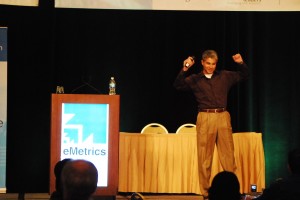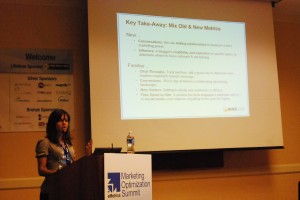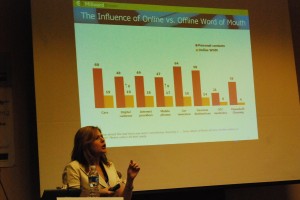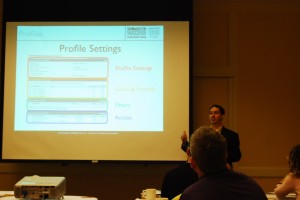Domain Moving Day the Key Relevance Way
So, you’re gonna change hosting providers. In many cases, moving the content of the site is as easy as zipping up the content and unzipping it on the new server. There is another aspect of moving the domain that many people over look: DNS.
The Domain Name System (DNS) is the translation service that converts your domain name (e.g. keyrelevance.com) to the corresponding IP address. When you move hosting companies, it’s like changing houses, if you don’t set up the Change of Address information correctly, you might have some visitors going to the old address for a while. Proper handling of the changes to DNS records makes this transition time as short as possible.
Let’s assume that you are changing hosting, and the new hosting company is going to start handling the Authoritative DNS for the domain. The first step is to configure the new hosting company as the authority. This should best be done a couple or more days before the site moves to the new location.
What does “Authoritative DNS” mean?
There are a double-handful of servers (known as the Root DNS servers) whose purpose is to keep track of who is keeping track of the IP addresses for a domain. Rather than them handling EVERY DNS request, they only keep track of who is the authoritative publisher of the DNS information for each domain. In other words, they don’t know your address, but they tell you who does know it.
If we tell the Root level DNS servers that the authority is changing, this information may take up to 48 hours to propagate throughout the internet. By changing the authority without changing the IP addresses, then while visiting browsers are making requests during this transition, both the old authority and the new authority will agree on the address (so no traffic gets forwarded before you move).
Shortening the Transition
The authoritative DNS servers want to minimize their load, so every time they send out an answer to a request address for a given domain, they put an expiration date on it. This is called the “Time To Live”, or TTL. By default, most DNS servers set the domain TTL to 14,400 86,400 seconds, which equals 1 day (thanks Andrew). Thus, when a visitor requests the address of the authoritative DNS, it returns the IP address and says “and don’t bother asking again for 24 hours.” This can cause problems during the actual transition, since the old address might continue to be accessed for a whole day after the address has changed.
The Day Before the Move
Since the new hosting company is the authority, they can shorten the TTL to a much shorter value. We recommend that 15 minutes (900 seconds) is a good compromise TTL value during the transition time.
Moving Day
When you are ready to make the switch, have the new DNS servers change the IP information to the new address(es). Since the TTL was set to 15 minutes, very quickly the other DNS servers on the ‘net will be asking for the IP address of the domain. They will be provided with this info, and the switchover will happen much more quickly than if the authority had not changed. Once the new site is live and you have verified nothing is horribly wrong, you can change the TTL on the new DNS servers back to 1 day. If on the other hand, something IS wrong with the new site, you can change the DNS back to the old IP address and within 15 minutes most if not all traffic should be back to the old servers. We also recommend changing the old DNS info to point to the new IP address as a precaution, but if you follow these steps, most of the traffic should have already trasnsitioned to the new DNS servers.
A Bug in BIND
There is a bug in some versions of the BIND program (which executes the DNS translation). This bug will cause a DNS server to continue to ask the same authoritative DNS server for the info as long as he is willing to give it. To complete the transition cleanly, you need to turn the DNS records for the domain off in the old DNS servers. This will cause it to generate an error, which in turn will cause the requesting DNS server to ask the Root level servers for the new authority. Until you make this change, there is still a chance that some traffic will continue to visit the old domain.
Change of Address Forms
The USPS offers a Change of Address kit to help make moving your house easier. Below is the Key Relevance Change of Address Checklist that may make you site’s transition painless.
Key Relevance Domain Change of Address Checklist2+ Days Pre-Move
Once that is complete, Change Authoritative DNS records to point to new DNS servers. 1 Day before move Moving Day
On Old DNS Servers
2 Days Post Move (or when convenient)
|








